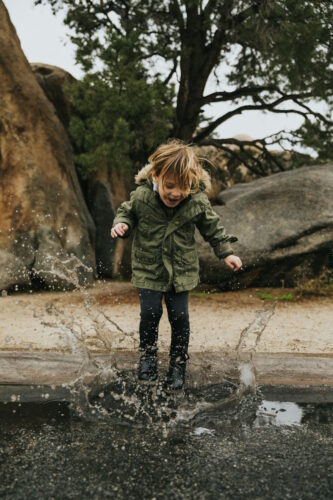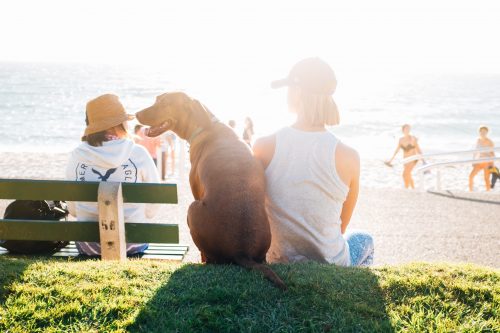
The Power of Memory
Did you know that, according to some studies, our attention span is shorter than that of a goldfish? This surprising tidbit reminds us how fleeting our moments and memories can be. Yet, it’s in the rich field of our memories that we cultivate stories. Especially those warmed by the summer sun. This post is dedicated to everyone who cherishes those long, sunlit days, old and new, and the stories they hold.
The Essence of Summer Memories
Remember the joy of lying in a field, the sky a canvas of clouds above you? Or the thrill of catching tadpoles in a nearby stream? Summer is a season of vivid, sensory-rich memories: the scent of horse sweat mixed with sweet carrots, the sound of laughter under the sprinklers, and the taste of homemade peach ice cream. These moments, from the monumental to the mundane, shape us and our stories.
Why Share Your Story?
Many hold back, worried their stories might not captivate others. But think about this: every shared memory is a thread that connects us, revealing the shared human experience. Your stories, whether they’re of bareback horse riding or road trips to unexplored places, are not just about you. They shape the world around us, influencing and inspiring those who hear them.
How to Begin Documenting Your Summer Stories
1. Set the Scene with Memory Prompts: Start with a simple exercise. Set a timer for five minutes and jot down every summer memory that comes to mind. You might narrow it down to a certain decade of your life, or an even shorter time frame. You can also turn on the firehose and let them all pour out. Don’t fret over the details; focus on capturing the essence.
2. Dive Deeper: Next to each memory, add sensory details. Who was there? What did you feel, smell, or hear? These notes will serve as the foundation for richer, more detailed stories. You can come back to these later.
3. Share and Inspire: Encourage friends and family to undertake this journey with you. Sharing these memory prompts can spark a collective storytelling session, weaving communal stories of summer adventures.
The Joy of Collective Storytelling
Imagine the fun of exchanging stories with loved ones, each memory a piece of a larger narrative. This process brings us closer and serves as a powerful reminder of our shared humanity. You’ll probably discover that you share similar experiences with many. Enjoy the different perspectives and details.
Final Thoughts: The Invitation to Share
Your life’s stories are too precious to keep to yourself. By sharing them, you gift others a piece of history, a slice of joy, and a spark of inspiration. So, I encourage you—share your summer memories, write them down, and let them breathe life into the pages of your story.
PS – A Project to Connect
Consider a long-distance project with your circle. Choose a memory and have everyone write a short piece about it. Collect these stories to share and cherish. This small step could be the beginning of a beautiful tradition of sharing and documenting your collective histories.
Interested in going further? I created a handle guide to help you, Tell Your Life Story: 10 Tips and Techniques to Write Your Memoir. If you haven’t read it yet, let me assure you…it is short by design. No fluff, I want you to get through it fast so you can start sharing your story. You can pick it up on Amazon in either print or e-book, whatever suits your style. But more importantly…
I want you to become inspired. To realize that the life experiences and memories you’ve accumulated are priceless and worth sharing.
(Photo courtesy of Nathan Dumlao via Unsplash)




